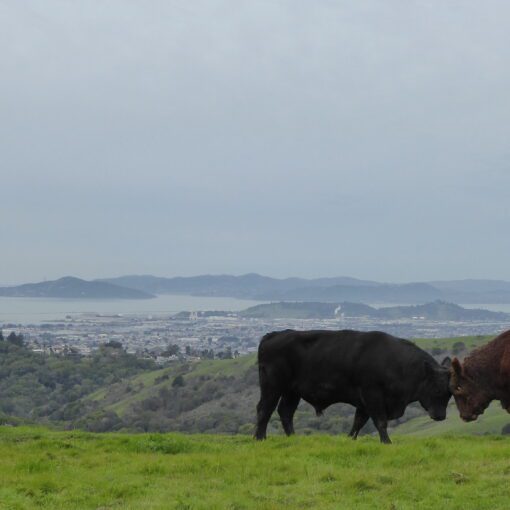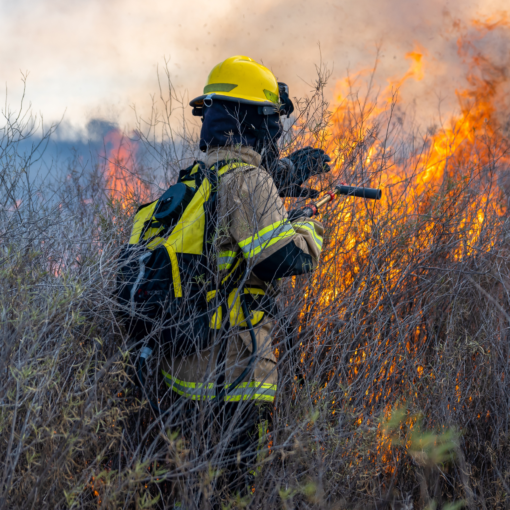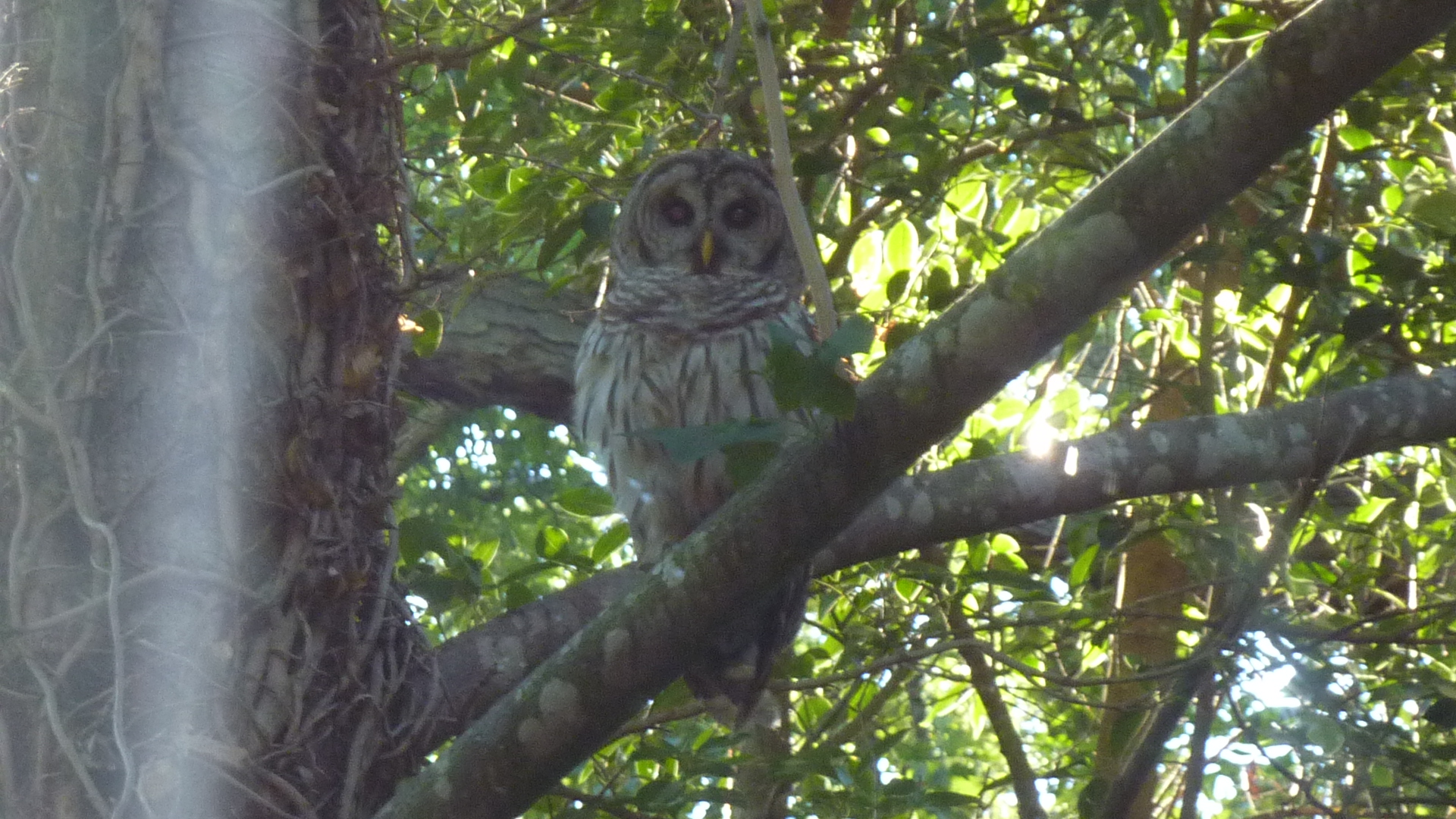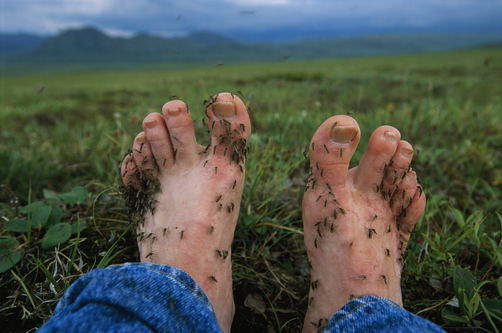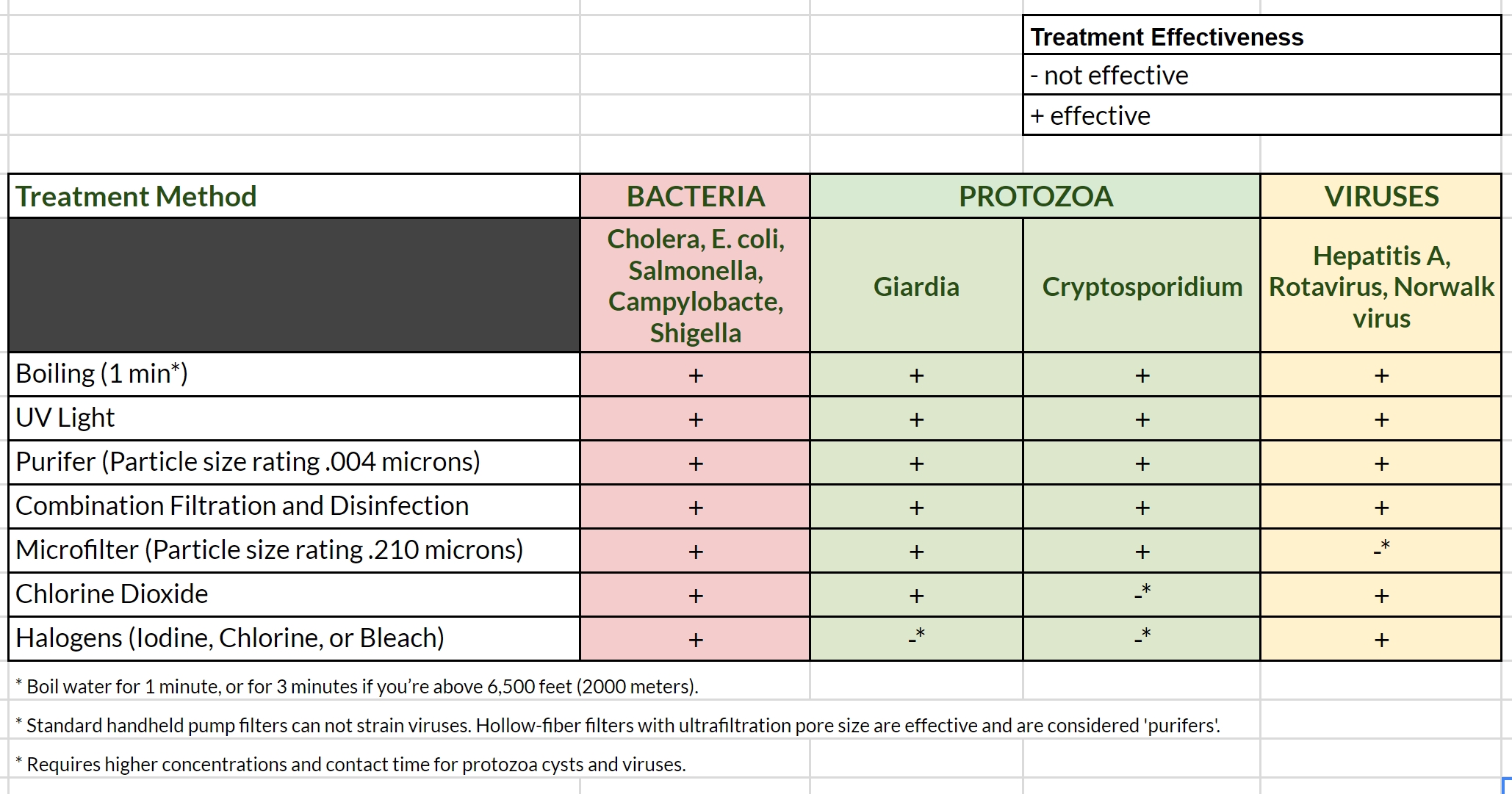Dogs offer boundless affection, loyalty, and companionship. Their playful antics instantly brighten our hikes—whether chasing a fly, rolling on the ground over something funky, zoomies in puddles, or ordinary canine glee, their ability to add excitement to our day is unmatched. So, it’s no surprise our furry companion is eager to paw on new terrains when they hear we’ve got a hike planned. However, when cows freely roam in the same space, stay alert and proceed cautiously! While free-roaming cattle are often docile, they can become dangerous when you have a dog, especially when calves are present. It’s common for […]
Environment
Wildland firefighting, a role that demands immense physical and mental strength, requires careful meal planning. To sustain this work output and maintain a healthy immune system, fireline firefighters will typically need to consume 6,000 calories daily. Getting proper nutrition from ultra-processed Meals Ready to Eat (MREs), packaged snacks and backpacking meals can be challenging. That’s why we recommend a less processed, plant-based diet made from freeze-dried food, which provides the most antioxidants, vitamins, and minerals to fuel the body. These are the key components we recommend for making up a wildland firefighter’s diet while in the field: Carbs Carbohydrates are […]
No Pain, No Maine? Long-distance hiking or thru-hiking is challenging both mentally and physically. Whether hiking the Appalachian Trail or another long-distance trail, the continuous step-by-step motion from dusk to dawn, repeated day after day, requires considerable effort and determination. This routine can feel monotonous, and it may involve pain and discomfort. Thru-hikers on the Appalachian Trail (AT) understand that the 2,168-mile journey from Georgia to Maine will not be free of aches and pains. This is reflected in the common exchange among AT backpackers: “No Pain, No Maine.” However, this doesn’t mean that a thru-hike is a painful or […]
Insect repellent should do what it says – repel insects. That includes all the blood-sucking carnivores that frequent us in the outdoors, including mosquitoes, black flies, no-see-ums, fleas, midges, ticks, and chiggers. All bug sprays contain a proprietary formulation to mask our scent of carbon dioxide, and therefore, our blood as a food source. Several choices of repellents are proven to work. The one you already know: DEET. There are a number of effective, less toxic insect repellents available besides DEET. Here we discuss alternative options to DEET.
That cold fast moving clear mountain spring appears pristine to the naked eye, but microscopic organisms are thriving in its water by the millions. If ingested, some of these microorganisms can cause severe gastrointestinal infections resulting in diarrhea and vomiting. Two such common microorganisms you might encounter in wilderness waters are Giardia and Cryptosporidium. Here we discuss why you should always treat wilderness water and the type of treatment method you should use based on your location. Biologically Contaminated Water Biologically contaminated water is water that contains microorganisms such as protozoa, bacteria, or viruses that can lead to gastrointestinal infections. These […]
